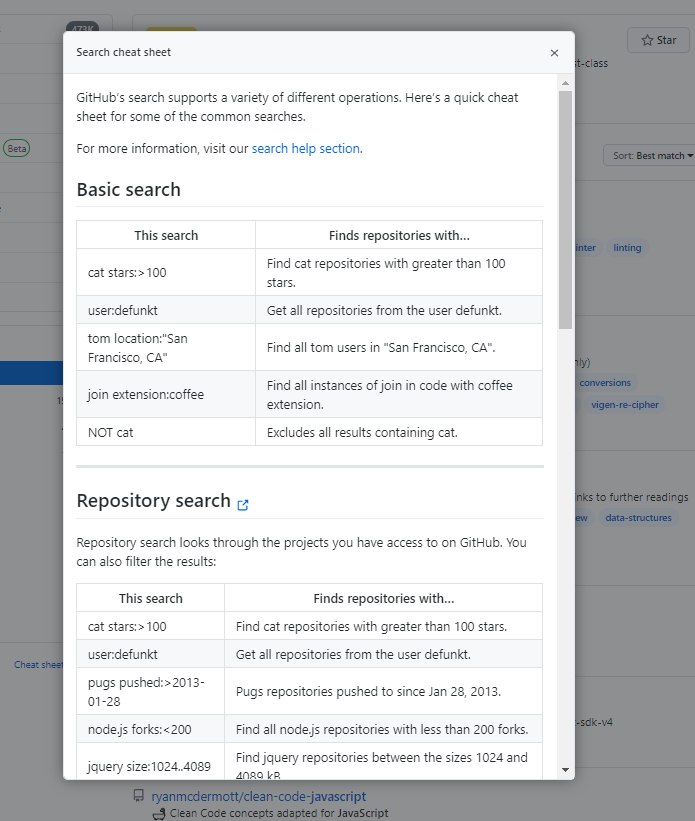GitHub is a tech recruiters dream! When tasked with the impossible job of finding skilled tech talent in the frenzy of today’s market, you need all the extra help you can get! The internet is peppered with various websites and resources that can come in handy.
Most tech recruiters know nothing about coding. What they do is that they go to GitHub profile to look at the languages used by people and how significant projects have been.
To find these sourcing developers’ tools and use them in your search, you need to know what to look for.
A valuable example of one such specialized platform is GitHub. In this article, read all about GitHub and how tech recruiters can use it to find and hire the best tech talent.
(Oh, by the way, we’ve put all of our articles and resources on how to find and hire developers here.)
What’s GitHub?
GitHub is an online place built for developers and tech talent looking to socialize over open-source projects. The cloud-based hosting service was designed to accommodate developers and help them share their work and code based on open-source tech like Ruby on Rails.
GitHub has become host to tens of millions of developers and is arguably the world’s largest code host. It’s pretty much a dream come true for tech recruiters, as sourcing candidates on GitHub is free. The platform is especially great for picking up on new tech talents, not yet on the competition’s radar.
Just like Facebook or Twitter is filled with people looking to socialize, chat and interact, GitHub and other developer platforms exist so that coders can do these same things – but on a more technical and niche level. Developers are afforded lots of other benefits on the platform, like the ability to customize their processes with GitHub apps and an intuitive API.
The name ‘GitHub’ derives from the fact that coders and developers use the site for anything that utilizes a version tracking system, referred to as a “Git revision control system”. This revision control system allows the site’s users to record and track all the iterations in a code and compare it with the original.
How do I find a developer on GitHub?
GitHub is an absolute game-changer for tech recruiters sourcing developers on the web.
If it’s not yet obvious how much of a resource this place is to tech recruiters, let’s break it down.
GitHub is a community of over 40 million users, developers, tech talents, and engineers collecting and contributing to more than 190 million code repositories. Each user is obligated to set up a public profile before completing their sign up to the platform.
That’s information that you can access for free. User profiles usually consist of a wealth of useful information like a developer’s name, current employer, current location, and email address. Going the extra mile, however, always pays off.
With millions of monthly users, this platform hosts a large amount of activity. It can yield a lot of gains to tech recruiters – if they understand the pulse of the site.
So, how exactly can you find the best tech talents to hire when sourcing developers on GitHub? Specifically, how do you narrow your search and find tech talents based on the specific languages they code in and their current location?
Here are three steps you need to follow when sourcing developers on GitHub as a tech recruiter.
Step one: create an account
There are restrictions in place on the website that confine unregistered visitors and limit their access to the site’s full potential. The first step for any tech recruiter who wants to try sourcing developers on this platform is to create an account. All this requires of you is your username, email address, and a password. Et voilà !
You can also put up more info, such as a profile photo, your company’s name and website, etc. (and we advise that you do).
Step two: run a search
Once you’ve gotten started and set up your account, you’ll be able to access the platform’s vast search database. Typically, when executing a search on GitHub, you’ll have to use these three search parameters: language, location, and followers (more on this later).
Step three: filter candidate profiles
GitHub usually presents its search results concerning repositories (this is the site’s default configuration). To find candidates that align with your search, you need to filter through these results.
The site will automatically sort the results, showing the best match for your query. You can also sort with tags like “Recently updated,” “Most stars,” and “Least recently updated.”
To search more extensively, head to the “Advanced search” section.

A major mainstay of recruiting on this platform is that a vast majority of the developers on it enter their personal email contacts in their profiles. A typical GitHub profile usually contains valid information and provides you with a way of getting in touch.
Another thing to take critical note of is that the people you are trying to recruit from this site are most probably being contacted by other tech recruiters too. You need to stand out, and the only way to make an impression is to know as much about your candidates as possible.
Extra tips
- Check out GitHub’s search cheat sheet or search help section for detailed explanations.
- Peruse developers’ repositories to see what kind of programs they develop. Examine what they’re authoring and what they’re forking from others to get a general sense of the type of projects they’re involved in. If you can’t tell your Java from your Python, do your research or ask your tech team to lend you a hand. Developers hate nothing more than tech recruiters who get in touch with irrelevant projects – don’t risk reaching out if you’re unsure of the relevance of your offer!
- Check the candidate’s recent activities. Gauge what he/she has been involved in or is involved in at that moment. With platforms like GitHub, it’s usually very easy to run these checks and validate a candidate
- Try to sort candidates by the range of time they’ve been members on the platform with a bias for “most recently joined.” These newly registered developers are less likely to have scores of tech recruiters trying to hire them and may be more inclined to reply.
- Cross-reference candidates that check out on GitHub in other places like LinkedIn or Twitter. See if the data correlates and get a better sense of the individual.
- Write your message. As a final step, you’ll want to compose a message for potential candidates. Make sure to personalize your message, using all the info you’ve gathered so far.

What are the three most important GitHub search parameters?
Usually, as we mentioned earlier, when sourcing developers on GitHub, there are three search tag lines you want to pay close attention to. They are:
Language
In the coding galaxy, this search parameter is important to narrow down your search to the candidates who know the programming language your role requires (Javascript, Java, Python. C#, PHP…).
Location
The candidate’s current address (or at least country) matters for obvious reasons, unless you’re looking to fill a remote role.
Followers
The number of followers a developer has on GitHub is a great indicator of the developer’s value professionally and his/her reputation amongst other developer colleagues.
Generally, 2-10 followers means okay, 11-25 followers means very good, 26-75 followers means more than top-notch. As a general point of reference, developers with more than 75 followers are celebrities (and extremely difficult to get a hold of!).
This trio of search parameters will help you narrow your search down massively. To use them, simply go to the “Advanced search” section on GitHub. You can search for all kinds of things, from repositories to issues. To search for user profiles, head to the “Users options” section and enter your search criteria.
–
GitHub is an amazing resource in the sourcing arsenal of the tech recruiter. It is a tech recruiters dream! True mastery of this platform and others like it is dependent on consistent use and exploration. Feel free to explore the repositories and webs of data and organically identify hot spots.
If you’re new, you don’t have to worry. Although the site may seem a little overwhelming at first, it’s pretty easy to operate, and its search algorithm is intuitive and invaluable. You can do it!

